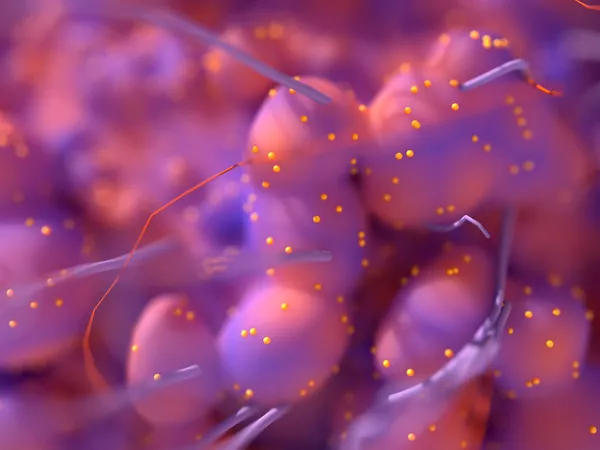EDITORIAL
Published on 30 Jan 2018
Editorial: The Role of Microenvironment in the Homing, Maintenance, and Release of Glioma Stem-Like Cells
doi 10.3389/fonc.2018.00007
- 1,562 views
- 6 citations
7,019
Total downloads
27k
Total views and downloads
EDITORIAL
Published on 30 Jan 2018
ORIGINAL RESEARCH
Published on 11 Jul 2017

REVIEW
Published on 10 Jul 2017
MINI REVIEW
Published on 05 Jul 2017

REVIEW
Published on 16 Jun 2017

